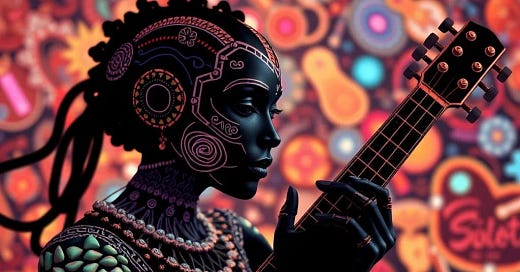The cultural shift: How AI is redefining art, music, language, and identity
AI is not just a tool; it's also a cultural force reshaping human creativity, expression, and identity in ways we are only beginning to understand
By Sanjay Dubey
While most discussions about AI focus on its technical capabilities—how it can code, calculate, or optimize—few delve into its profound cultural impact. AI is not just a tool; it’s a cultural force reshaping our societies in ways we are only beginning to understand. From the art we create and the music we compose to the languages we speak and the identities we embrace, AI is quietly but powerfully altering the fabric of human expression. This transformation is not confined to one region or culture; it’s a global phenomenon with far-reaching implications. So how exactly are AI models like ChatGPT, Gemini, and DeepSeek redefining creativity, communication, and identity across the world?
Creativity
Art and music have always been mirrors of society, reflecting our emotions, struggles, and aspirations. Today, AI is becoming an active participant in these creative processes, transforming how we create, experience, and preserve cultural expressions.
Tools like DALL·E, MidJourney, and Stable Diffusion are enabling artists to generate stunning visuals with just a few text prompts. Such AI-generated artworks are not just novelties; they’re winning awards, being auctioned at prestigious galleries, and even challenging our understanding of what it means to be an artist. In the West, an AI-generated portrait titled “Edmond de Belamy” sold for over $400,000 at Christie’s in 2018, sparking debates about the value of human versus machine creativity.




